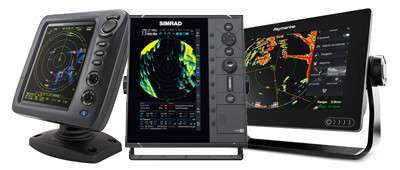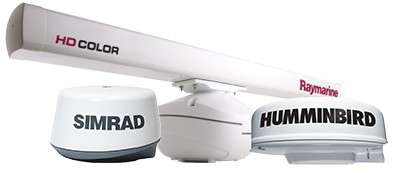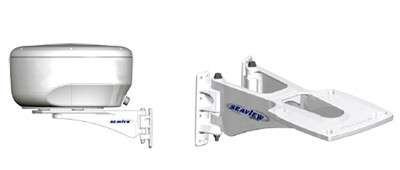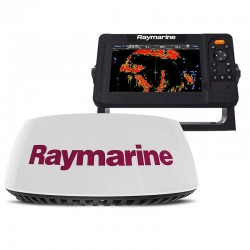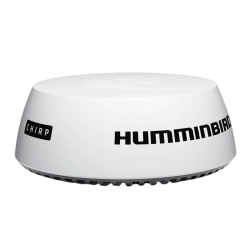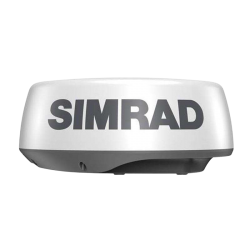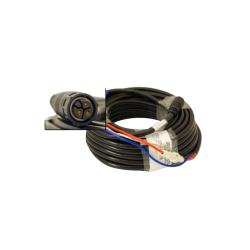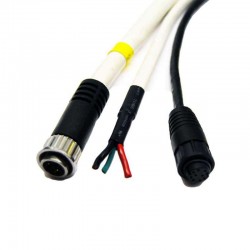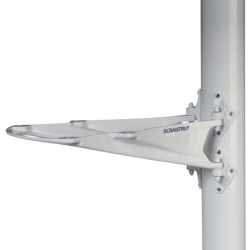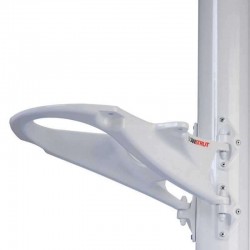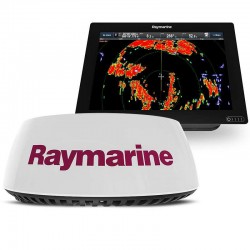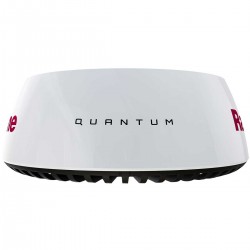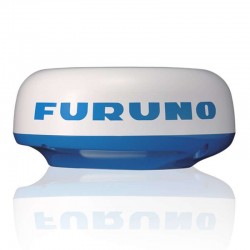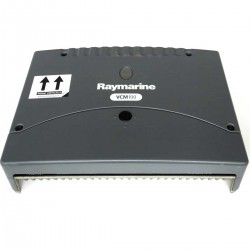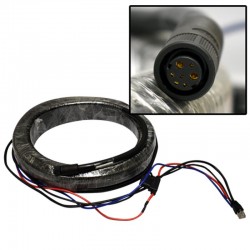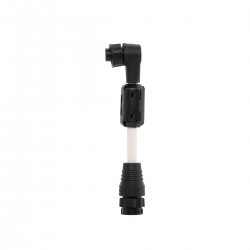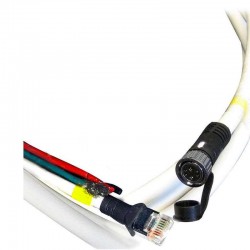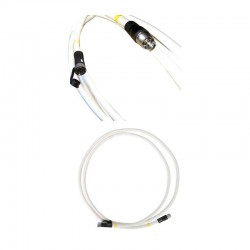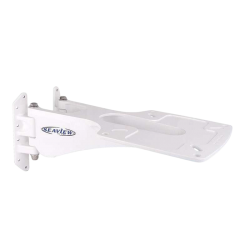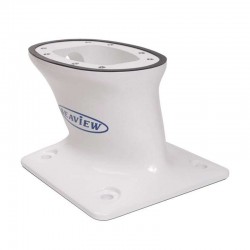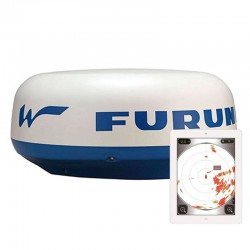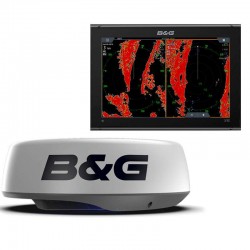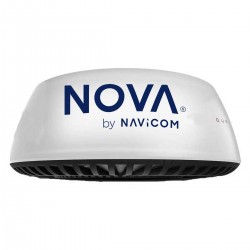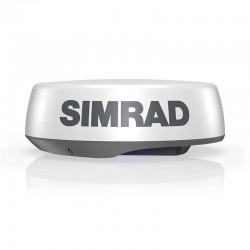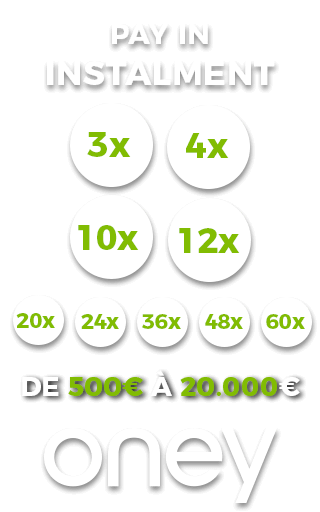Radar boat
An invaluable aid to navigation, boat radar is an essential part of safety at sea. Whether you're a sailor, a water sports enthusiast, a keen fisherman or a seasoned navigator, it's in your interest to take precautions to avoid the dangers of the sea, and to remain constantly vigilant. Anticipating collisions, staying on course, finding the mouth of a harbor or knowing the position and distance of surrounding boats, marine radar is the equipment to take on board. Comptoir Nautique offers a wide range of radars, from screen + radar packs to all makes of radar, Garmin, simrad, furuno ... and radar accessories (brackets, cables). Comptoir Nautique also offers everything you need for safe navigation, including AIS transponders and car pilots.
- -€332.58
 |
What is radar?RADAR is an acronym coined at the start of the Second World War by the US Navy, and stands for 'Radio Detection and Ranging'. It's also known as maritime radar, naval radar or marine radar. Although this equipment was originally reserved for military use, it is now widely used in the aviation and nautical sectors. Radar operates via a transmitter and receiver emitting electromagnetic waves. The radar transmitter sends out pulses of radio waves which reflect off surrounding objects and boats. The reflected wave is then picked up by the radar receiver, and the system determines the position and speed of the objects detected. The wave is then amplified and transformed into a visible image presented on a screen. |
Why use marine radar?Ships, drifting objects, icebergs, buoys, rocks... unpredictable obstacles can be numerous, hidden or below the surface. Radar can identify in real time any object, static or moving, near or far, that could pose a danger to the boat or crew. Marine radar is particularly useful in situations where visibility is reduced, such as at night or in fog. With the naked eye, it's not always easy to assess the distances to boats, or to understand the directions they are taking and whether it's necessary to maneuver to avoid them. Radar is a safety system that offers more informed navigation. |
 |
 |
How to choose your radar?Radar is a complementary piece of equipment to GPS. This electronic marine device offers various options and functionalities. The radar system comprises devices such as an antenna that transmits the waves, a motor that rotates the antenna, a transceiver that generates the waves and receives the signals, a signal processing unit for the components and peripherals, a display screen that translates the data from the connected sensor into a radar image, and a control unit that operates the system. To choose the right radar, it's a good idea to compare the antenna kilowatts of the different models on the market, as they determine the radar's transmission power and coverage area. The beam is another element to focus on: a narrow beam has the advantage of determining two boats side by side. Other criteria can be chosen according to the options required: zoom power, consumer screen size, high definition.. LCD radar systems are ideal navigation tools for pleasure boating. Easy to install, they are also economical, consuming very little energy. Combined with other navigation tools such as GPS or electronic compass, radar information becomes a real navigation terminal, offering safe navigation. Doppler models Simrad Halo, Radar Furuno, Garmin GMR Fantom, radome, rotating beam, radar from Raymarine, SimradLowrance... choose the radar you like from the Comptoir Nautique selection. And don't forget to service your equipment after each season! |

